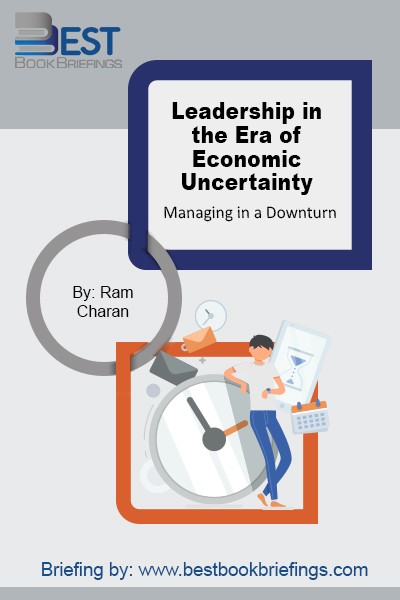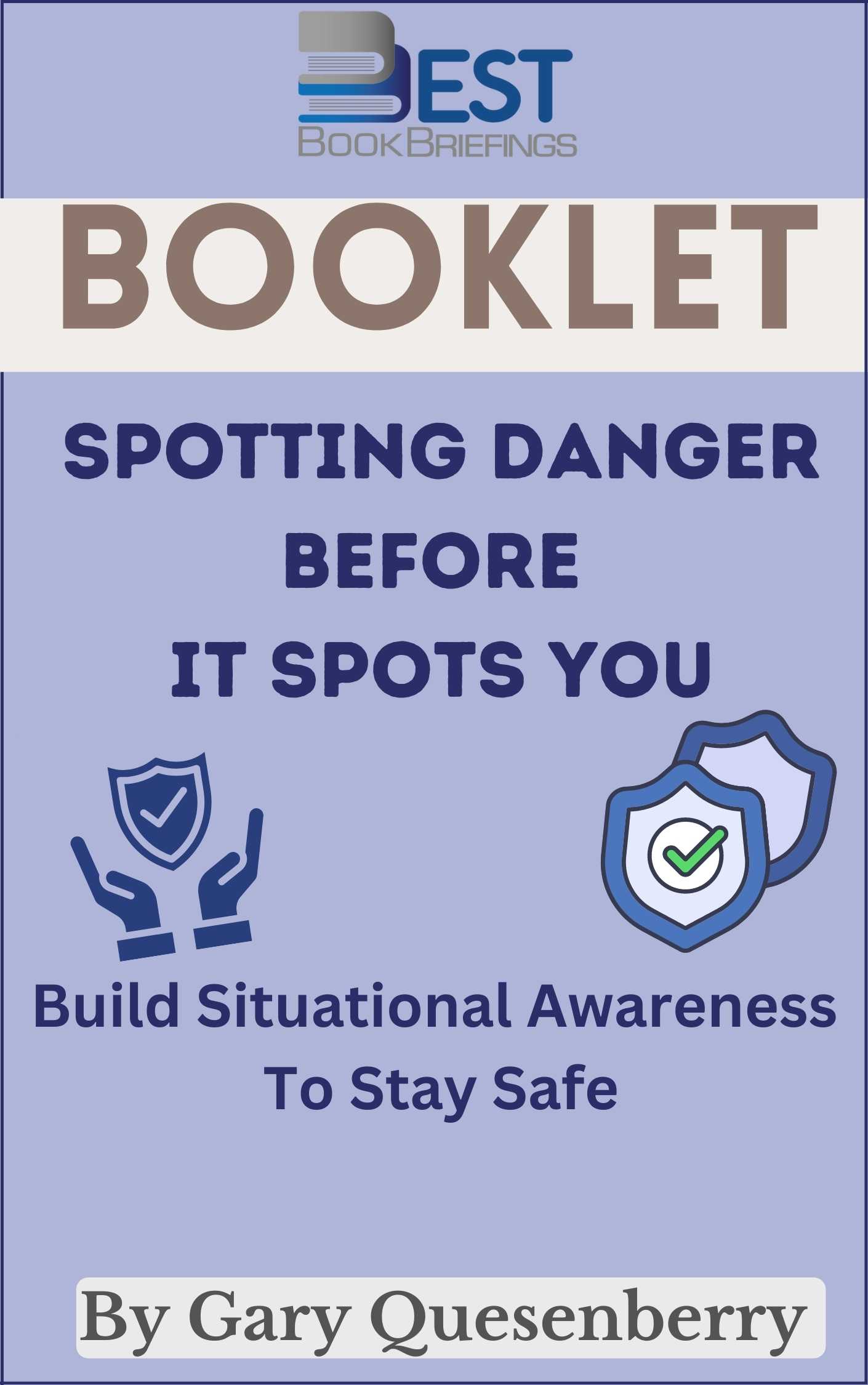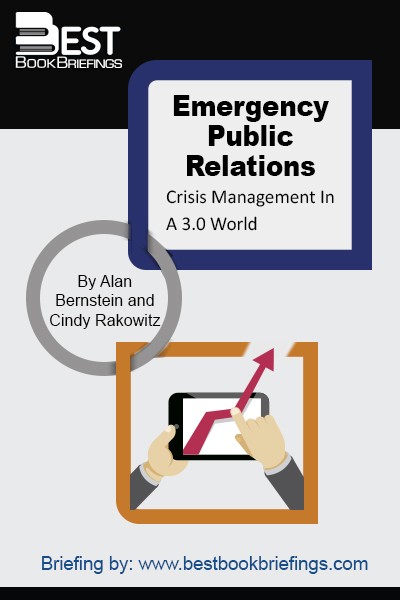Emergency Public Relations
Crisis Management In A 3.0 World
Number of pages: 202
Publisher: Xlibris, Corp.
BBB Library: Operations Management
ISBN: 9781469159539
Editorial Review
The great economic downturn; tumultuous weather patterns; Ponzi schemes; Occupy protesters; political uncertainty; flash mobs and mall melees make daily headlines. When you hear about catastrophic news, do you ever think about how an unanticipated event might affect your business? The crisis mindset requires being “on and ready for battle” 24-7, 365 days a year. It requires the ability to think of the worst-case scenario while simultaneously suggesting numerous solutions. “Trial and error” is an accepted discipline. Those with the crisis mindset know that the first line of defense might not work. They maintain a list of contingency plans and are always on ready alert. Ethical values and a high moral code drive the crisis mindset. In an emergency, things can and will go wrong. Mistakes will be made. Those possessing the crisis mindset think about what is best for others without one selfish motive whatsoever.
Book Reviews
Books on Related Topics

The strategies adopted by governments and public officials can have dramatic effects on people’ live. Packed with examples, and shaped by the author’s practical experience, the book shows that governments which give more weight to the long-term are not only more likely to leave their citizens richer, healthier, and safer; they’re

The economic peace of the past generation is over. We’re in a war for survival, beset by fear, uncertainty and doubt. As on any battlefield, conditions demand a seriously different kind of leadership from that which is appropriate in peacetime. Leaders must be prepared to make strategic, structural, financial and operational

Spotting danger before it happens is a skill that can be developed and may even save your life. Understand the threat Build situational awareness Develop personal defenses A mother dropping her teenager off at the mall, a young man leaving home for college, a family about to head out on their first trip overseas. What




